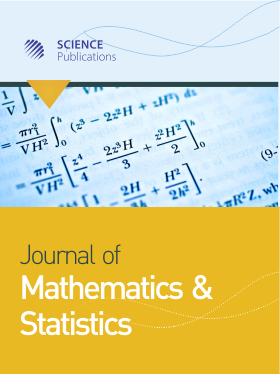A Rigorous Proof for the Invariant Study of the Problem in Section VI in "Matched Subspace Detectors"
Abstract
Problem statement: This research provided rigorous proof for the invariant study of the problem in section VI in "matched subspace detectors". About 14 years ago an important research entitled "matched subspace detectors" was published in IEEE transactions on signal processing, Vol. 42, No. 8, August 1994. Since its publication, the study has been widely cited in many areas. The main contribution of the research is to use invariance principle to study the Generalized Likelihood Ratio Test (GLRT) for four kinds of signal detection problems. While the conclusions are all correct, the largest invariant transformation group provided by the geometrical method is questionable. Furthermore the geometrical method in proving the maximal invariants is not helpful. The researchers themselves also frankly acknowledged "a rigorous proof requires an algebraic proof" (page 2152 in above research). Approach: Hence, this correspondence exactly gave rigorous proof based on algebraic method regarding one problem in the above mentioned research. Results: The algebraic method in this correspondence can be readily applied to other cases in the same research. Conclusion/Recommendations: Through this concrete example, we advocated the algebraic, rigorous method in the invariant study of signal detection problems, while abandoning the geometrical method.
DOI: https://doi.org/10.3844/jmssp.2009.107.111

- 3,215 Views
- 1,993 Downloads
- 0 Citations
Download
Keywords
- Invariant test
- invariant transformation group
- maximal invariant
- signal detection
- matrix equation
